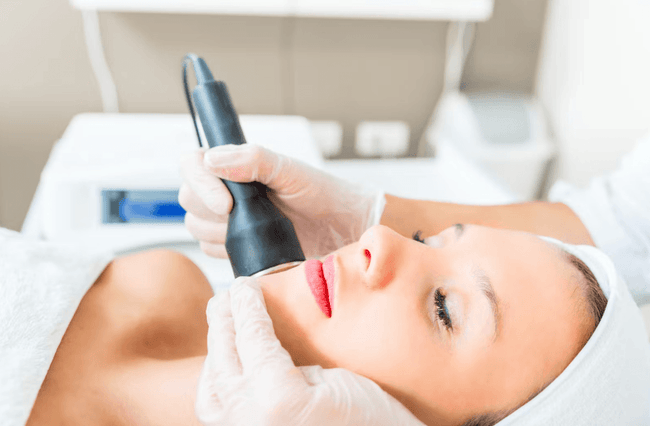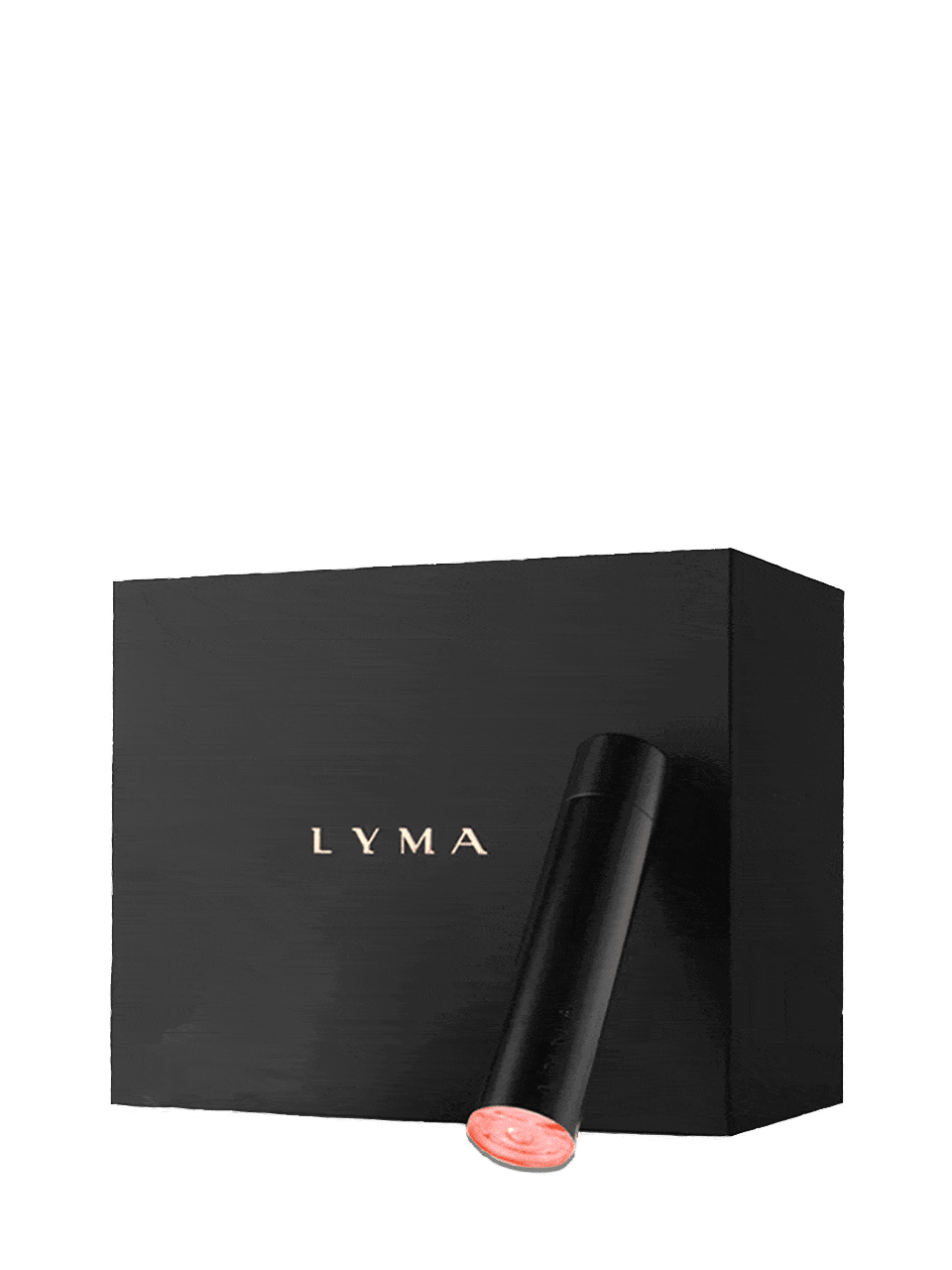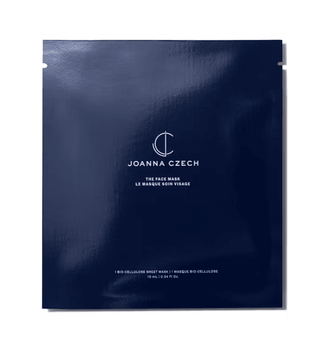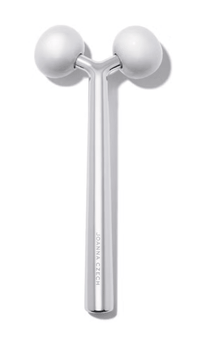Cold Laser Therapy Is Officially the New *It* Treatment - But Does It Work?

What Is Cold Laser & How Does It Work?
As Dr. Engelman described, cold lasers — also known as red lasers or low level laser therapies (LLLT) — were originally used by doctors for pain management. The laser features a low-frequency wavelength (usually somewhere between 600 and 1000 nanometers) that penetrates through multiple skin layers. “The light causes a bodily reaction that makes the cells respond in a way that promotes regeneration,” says Dr. Engelman. “Cold lasers work by impacting the ATP, chemical energy, in our bodies. Each cell in our bodies contain mitochondria, which generate most of the ATP needed to power biochemical reactions. When a cold laser is applied, it causes these mitochondria to create more cellular energy than normal. Extra ATP in body cells and tissues results in the ability to use this energy to do things such as detoxify, rebuild, regenerate, and aid in the healing process.”
In the 50+ years that these low level laser therapies have been in use in the medical world, studies have shown that they do have a positive effect on skin cellular activity and tissue regeneration. Doctors have used LLLT on patients, “for decades to treat a host of medical issues as diverse as rebuilding cartilage and healing tendons,” says celebrity facialist Joanna Czech, who herself is a devotee of the at-home cold laser treatment that’s all over Instagram right now, the Lyma Laser.
How Is Cold Laser Different Than Traditional Lasers & IPL?
The most popular form of aesthetic laser treatments generally rely on thermal energy (read: heat) to damage the skin. “Traditional laser devices, as used in clinics, work through the stress and damage response, inflicting injury to the skin in order to stimulate collagen,” says Czech. Think ablative CO2 lasers, which remove the entire top surface of the skin, or non-ablative CO2 lasers which create targeted channels of injury using 1550nm (erbium) or 1927nm (thulium) wavelengths. “Although both types of laser therapy can target the same skin concerns, aesthetic lasers like fractional laser resurfacing work in a different way,” says Dr. Engelman. “This type of laser therapy targets both the epidermal and dermal layers. In the epidermal layer, the outer layer of skin cells, the fractional laser stimulates cell turnover. In the dermal layer, the layer beneath the outermost skin, this laser activates collagen production. Cold lasers differ by solely promoting regeneration of skin.”
Now, if you’re thinking that a cold laser sounds an awful lot like an intense pulsed light (IPL) or red light-emitting diode (LED) treatment, you’d be forgiven — they are quite similar. As Dr. Engelman explains, however, they may look alike but they have very different functionalities: “IPL therapy uses a very high energy on the skin, whereas LED therapy uses a lower level of energy. The light used in IPL and LED has a shorter depth of penetration [than cold laser] and scatters, which makes them ideal for treating larger areas and reducing widespread concerns,” she says. And Czech adds, “Fundamentally LED and laser light are two completely different light forms. Whereas when LED reaches a dense surface like the skin, it bounces off the surface, whereas laser light can penetrate all the way past the fat and muscle tissue beneath the skin, without losing any physiological power.”




